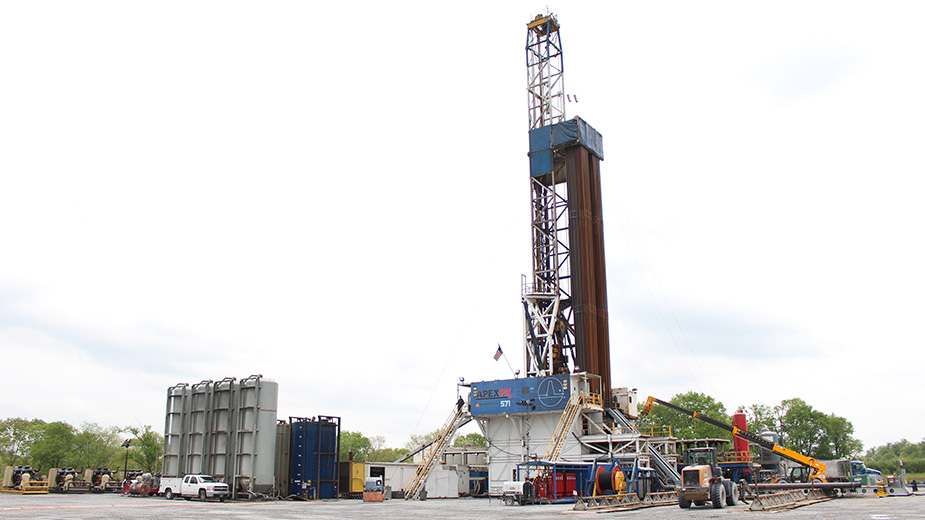DOE Report Backs Appalachian Ethane Storage Hub
YOUNGSTOWN, Ohio – A U.S. Department of Energy report issued in November says that an ethane storage and distribution hub in the Utica and Marcellus shale regions of Appalachia could be an asset to the country’s petrochemicals industry.
The report was prepared at the request of Congress to examine the feasibility of establishing such a hub in the United States.
According to the analysis, the largest increase in natural gas liquid production in the East will come from the Utica and Marcellus shale plays in Ohio, Pennsylvania and West Virginia over the next 10 years. In the Southwest, the Permian Basin in Texas is likely to contribute to the nation’s output as well.
Ethane is used as a feedstock for “cracker” plants that convert molecules into polyethylene, the most common type of plastic used in the world. Royal Dutch Shell is in the process of constructing a $6 billion ethane cracker near Monaca, Pa. along the Ohio River, the first such plant of its kind in the region.
However, a critical component to maintaining a steady inventory and supply to these plants is the development of underground ethane storage hubs that would have the capacity to serve potentially more than one cracker plant.
“Having ethane feedstock available in storage helps large petrochemical plants ensure continuing operations,” the report said.
Most of this storage today is located along the Gulf Coast, and the East is currently without such a hub. Yet the projected increase in NGL production in the East “presents an opportunity for the industry to establish an ethane storage and distribution hub in proximity to production of the resource in the Marcellus and Utica shale plays,” the report noted.
Ethane production across the region is expected to reach 640,000 barrels per day by 2025, or 20 times higher than its output in 2013, according to DOE. By 2050, ethane production in the Utica and Marcellus is projected to hit 950,000 barrels daily.
Natural gas production and capacity in areas such as the Utica have increased exponentially over the last several years.
For example, a recent analysis by the U.S. Energy Information Administration shows that proven natural gas reserves in Ohio alone increased 24.5% between 2016 and 2017.
“The market is there, the access is there, the industry is here, and there will be more to come in the future because of these vast natural resources we have under our feet,” said Dan Alfaro, spokesman for Energy In Depth.
According to the DOE study, processing capacity in the Marcellus and the Utica has expanded ten-fold, while fractionation capacity – the process of separating natural gas liquids into products such as ethane, butane or propane – has grown 20-fold between 2010 and 2016.
“The establishment of an ethane storage and distribution hub near production from the Marcellus and Utica plays could provide benefits to the broader petrochemical and plastics industries along the lines of supply diversity,” the DOE report concludes.
Copyright 2024 The Business Journal, Youngstown, Ohio.


